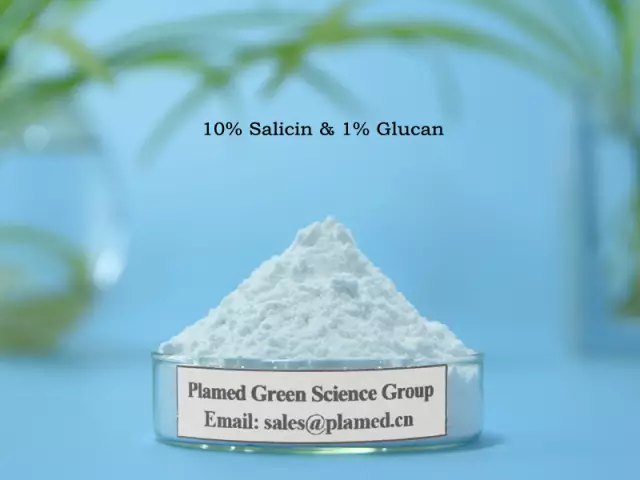- Author Rachel Wainwright [email protected].
- Public 2023-12-15 07:39.
- Last modified 2025-11-02 20:14.
White willow
Instructions for use:
- 1. Preparation of raw materials
- 2. Application of white willow
- 3. Harm from the use of white willow

Other names for this tree are silver willow, willow, willow or just willow. The white willow belongs to the willow family and can reach 30 m in height, while the trunk can be 1 m in diameter. The branches of the tree are most often drooping, and the crown is spreading. The bark of white willow has a light gray tint, provided that the plant is young, and also black or dark gray in older trees. The trunk has a dark gray bark, and the branches on it may be reddish or yellowish, but always flexible and thin. Leaves linear-lanceolate or lanceolate, on rather short petioles, silky silky. The flowers of the plant are small, they are collected in erect earrings, which bloom simultaneously with the leaves.
The fruit of a white willow is a small bivalve, unilocular capsule with small seeds that are covered with hairs. The tree blooms in April, and its fruits fully ripen in May.
Willow is widespread throughout the CIS, perhaps the only exception is the Far North. Most often it grows along roads, near houses, along river banks and forest edges on moist and fertile soils. The people of Greece dedicated this tree to Hecate, the goddess of witchcraft and ghosts. Quite often, it was the white willow that became the main symbol of grief and sadness.
Preparation of raw materials
Most often, the bark of a white willow becomes a drug, very rarely male earrings of this tree can become such. Correctly prepared bark should be harvested from branches or young trees even before the leaf unfolding period, that is, in April-May. By the way, at this time it is incredibly easy to collect wood, as it peels off very easily. The bark is most often dried under an iron roof in attics or in sufficiently well-ventilated rooms, where it is scattered in a very thin layer. Also, drying of the bark of white willow can take place on special dryers with a set temperature not exceeding 40 ° C. Ready and properly prepared raw materials can be stored for 4 years in dry and cool rooms.
Male earrings are best harvested during flowering and then dried in the shade.
Application of white willow

Willow bark contains up to 7% salicin glycoside, which later, due to the action of a special enzyme salicase, can be hydrolytically split into tannins, saligenin, glucose, flavonoids, ascorbic acid, resins and a lot of other substances.
The plant has antiseptic, tonic, anti-inflammatory, hemostatic, analgesic and antipyretic effects.
The bark of the branches and trunk of the white willow has disinfecting, diuretic, astringent, antipyretic and hemostatic properties. For colitis, gout, female diseases, gastritis, dysentery, internal bleeding, dyspepsia, neuralgia, migraine, pleurisy, spleen and liver diseases, fever, typhoid, tuberculosis, pressure ulcers, neuroses, articular rheumatism and cystitis, it is recommended to take powder, decoction or infusion inside white willow. But outwardly, willow preparations can be used to rinse the mouth, which is necessary for gingivitis, sore throat and periodontal disease. Also, willow can be used externally to combat varicose veins, hyperhidrosis, various skin diseases, and even sweating. Previously, willow bark was also used as an effective antimalarial agent.
A decoction of white willow leaves in folk medicine is used for menorrhagia and severe bleeding in the intestines. It can also be a good antipyretic agent, like an infusion of willow flowers.
Harm from the use of white willow
It is strictly forbidden to use willow preparations for pregnant women and patients in the treatment of which laxatives, aspirin, cough and cold remedies, vitamins, antacids and amino acids are used.
Information about the drug is generalized, provided for informational purposes only and does not replace the official instructions. Self-medication is hazardous to health!






